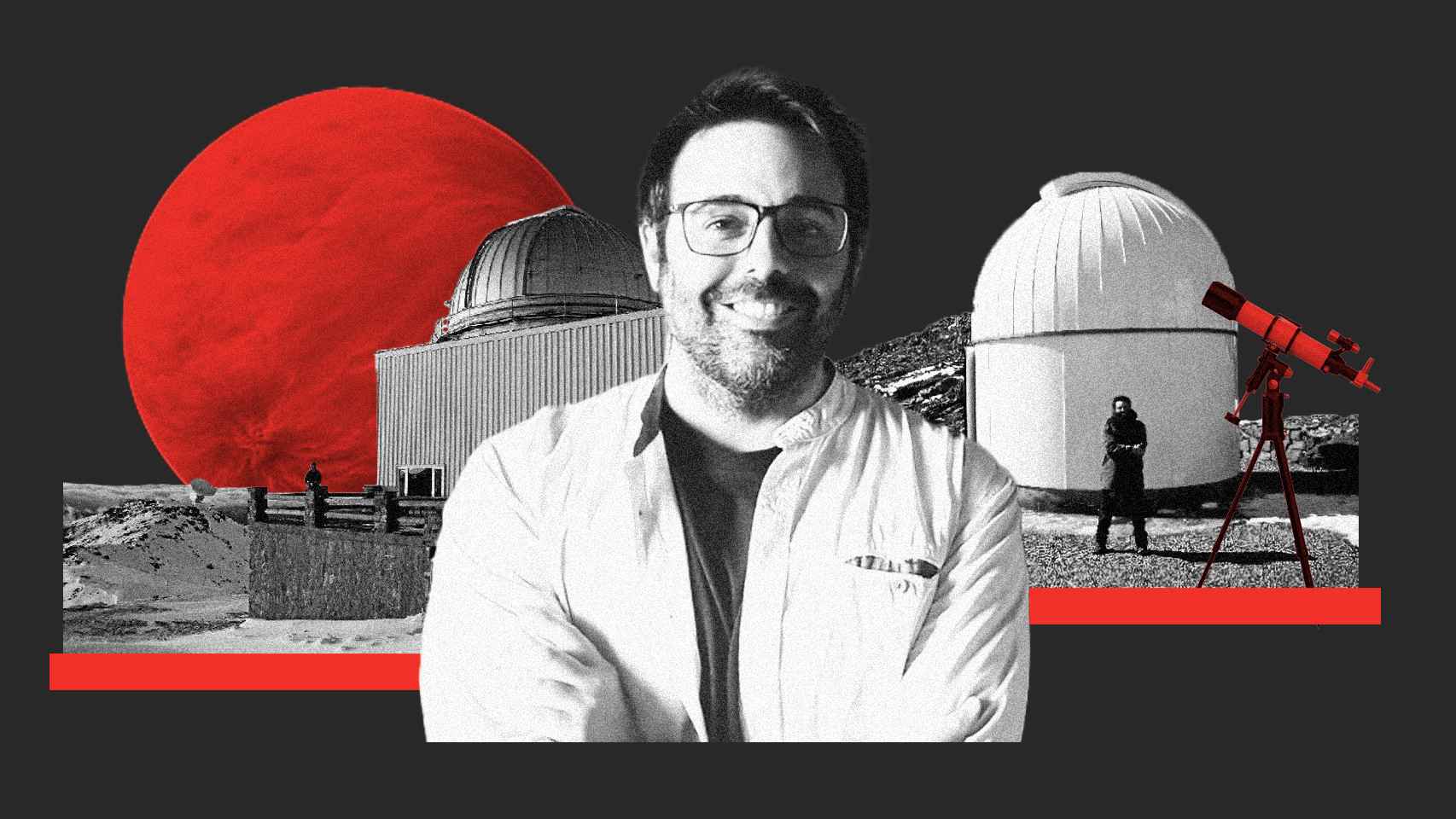#skin #absorb #vitamin #sun #long #sun
Being outside is good for us and often nice when the sun is shining. But do we absorb (sufficient) vitamin D all year round? Or are there months when the sun is not strong enough? And how long should you be in the sun? We’ll find out.
What is vitamin D good for?
Vitamin D is important to us. It ensures strong bones and teeth, it limits osteoporosis, has an important role in maintaining good muscle function and is important for the proper functioning of the immune system.
How do we get vitamin D?
We get the vitamin through sunlight and food. For example, there is naturally a lot of vitamin D in oily fish, such as herring, salmon and mackerel. The vitamin is also added to low-fat margarine, margarine and baking and frying products.
When do we produce vitamin D from the sun?
The sun does not shine with equal intensity all year round. When does the sun give off enough radiation to produce vitamin D? This has to do with 2 factors: the power of the sun and the time of year. And that is largely related.
The power of the sun
The sun’s power is measured in numbers. The KNMI has a scale from 1 to 10 and higher. It is also called the UV index. The UV index is indicated in various weather apps on a smartphone. This way you can see how strong the sun is for that day.
With a UV index of 1 and 2 there is virtually no sun power. Research shows that from approximately sun strength 3 the body produces the correct vitamin. The sun’s radiation is then powerful enough to reach the Earth’s surface.
The level of sunlight determines how long you need to be in the sun to produce enough of the vitamin. The time of year also plays a role in this. Unfortunately, in winter the sun is not powerful enough for us to produce vitamin D ourselves. In the Netherlands we usually have sun power 3 in the months of March to September. But that’s not exactly the whole day. In March and September the sun is (generally) only strong enough in the afternoon to reach UV index 3.
Also read: Heat in autumn: pay attention to the UV index and sunburn, and also use sunscreen now
How long do you need to be in the sun to produce vitamin D?
So if there is enough sunlight, how long do you have to be in the sun to produce vitamin D yourself? That depends on the height of the sun’s strength. The more powerful the sun, the less time is needed. At a sun power of 3, 15 to 30 minutes in the sun is needed. But in the summer, when there is an average sun strength of 6 to 8, 10 to 15 minutes is sufficient for most people. The chance of burning is also a lot greater afterwards, so use sunscreen in that case.
Make sure that your skin is visible to the sun. KWF recommends spending 15 minutes every day in the sun with your hands, face and neck unprotected in spring and summer. The more skin, the better. But not for more than a few minutes and protect yourself again after that time.
Does sunscreen block the production of vitamin D?
No, is the short answer. Sunscreen means that you have to stay in the sun a little longer to produce enough vitamin D. But lubrication is important, because otherwise combustion is likely to occur. It also prevents skin cancer.
When to swallow pills?
In general, people get enough vitamin D through the sun and food. Women over 50 years old and men over 70 years old are recommended to take vitamin D, because they do not produce enough of it themselves. Anyone with tanned skin will receive advice from Thuisarts to always take extra pills. Are you unsure whether you produce enough vitamin D? Then have blood drawn by your GP. They can then help you further.
(Source: Weeronline, KWF, Nutrition Center, Dr. Jetske Ultree. Photo: Shutterstock)












